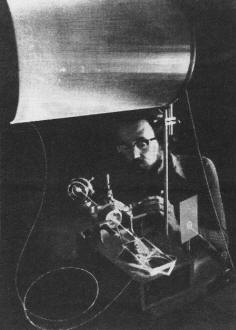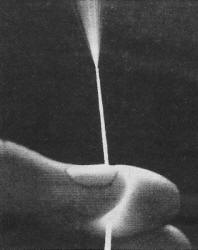Light Conversations in the Future |
||
For the majority of the last century, Bell Telephone Laboratories (Bell Labs) led the telecommunications industry, both for wired and microwave links. Whenever you learned of a breakthrough in telephony, you could assume it was another Bell Labs innovation and probably be right. Of course there were discoveries in other venues like university research facilities, but often those were at least partially funded by Bell. The company grew to be so large and influential that the government decided breaking them into smaller pieces would reduce their influence over the nature of communications systems. It is similar to how Google dominates Internet search engines and advertising, and how Facebook dominates social media, except nowadays those venues are considered vital to political futures so they are permitted to continue to grow unabated. This item about how fiber optic communications will provide a vital link to high capacity, high bandwidth transmission lines appeared in a 1974 issue of Popular Mechanics magazine. At that time, ubiquitous 100 MBps Internet and VOIP telephone services via fiber cable were still in the fertile minds of technology futurists. Light Conversations in the Future
Posted December 2, 2019 |
||


